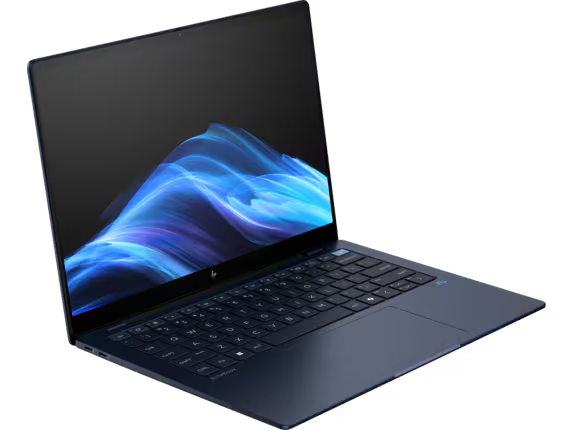Are you curious about how many cores the processor you are currently using? Of course for those of you geek and technology lovers know this is a very basic thing because by looking brands And model Usually we can find out about the processor easily.
But did you know that apart from directly searching from the official processor provider website, we can also find out the number of processor cores in Windows 11.
*Knowing how much cores The processor we use can certainly help in many specific situations, especially when we are working with virtual machines or other applications that require extra power. Apart from cores, some CPUs can also have Hyper-threading which allows two instructions per core to be calculated simultaneously.
Also Read: Latest Leaks, Intel Turns Off Hyper-Threading in the Latest Generation of Processors
And here are several ways to find out the number of processor cores in Windows 11.
Via Task Manager
The easiest and most common way is to open the Task Manager. In the Task Manager > Performance > CPU section, we can see model number of cores and logical processor (hyper-thread) if available.
As in the picture above, you can see that I am using an Intel Core i7 10510U processor with 4 Core Processors that supports Hyper-threading (Logical Processor).
Via Command Prompt
Apart from going through the Task Manager, we can also rely on the Command Prompt, run as Administrator and enter the following command:
wmic cpu get NumberOfCores,NumberOfLogicalProcessors

So, this example of a command will display information in the form of the number of cores and hyper-threading if available.
Via PowerShell
Just like Command Prompt, we can also rely on PowerShell to find out the number of processor cores we are using. Just enter the following command to find out this information.
Get-WmiObject –class Win32_processor | ft NumberOfCores,NumberOfLogicalProcessors
After that, you can see information about the number of processor cores you are using.
It’s easy, isn’t it? Generally, you can use the three methods above to find out the number of processors you are currently using in Windows 11. However, to see the detailed specifications of the processor, it’s a good idea to look directly at the processor provider’s website.
Source link










